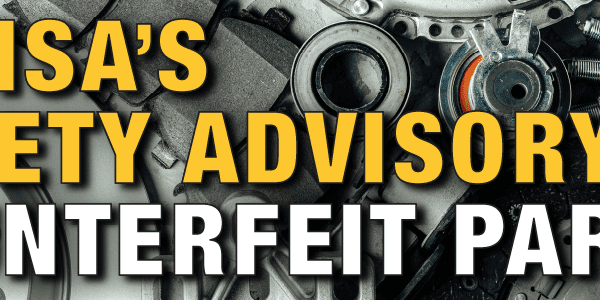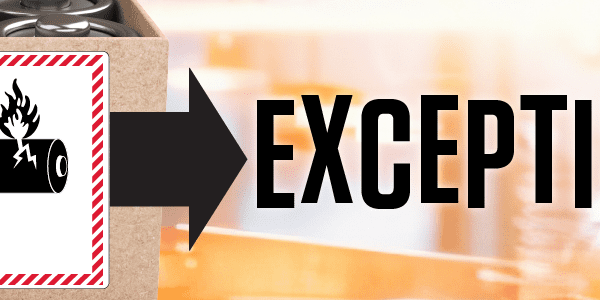
Packaging Damaged or Defective Lithium Batteries
When shipping damaged or defective lithium batteries, understanding the strict packaging requirements is crucial. The regulations mandate more stringent packaging standards to ensure safety during transit.
Are Fire Blankets in Packaging a Viable Solution?
A recent discussion raised an interesting question about incorporating fire blankets into packaging as an additional safety measure. Fire blankets are commonly used by some fire departments in the United States for extinguishing fires in electric vehicles (EVs). They are also used by aircrews to extinguish fires from smoldering laptops or smartphones. Given their effectiveness, could integrating fire blankets within packaging be allowed under transportation regulations?
The short answer is: maybe. It depends on several factors.
If the packaging has been certified without a fire blanket, adding one could invalidate the certification. Regulations are strict about using only certified packaging materials and designs. Any deviation from the approved packaging method, such as adding a fire blanket, could render the certification void.
However, if the packaging design allows for the inclusion of absorbent materials, a fire blanket might be permissible. This situation reminds me of the recall of the Galaxy Note 7 phones, where the packaging included a fire-retardant lining and was designed as a box within a box. This approach exceeded regulatory requirements at the time and ensured maximum safety.
Custom Packaging Solutions
For regular shippers of damaged or defective lithium batteries, it may be worthwhile to work with a supplier or manufacturer to create a UN performance packaging solution that includes a fire blanket. This custom packaging would need to be tested and certified to meet regulations, ensuring it provides the required protection.
Workplace Safety Considerations
While incorporating fire blankets into packaging may not always be feasible, having fire blankets readily available in the workplace is highly recommended. In environments with multiple computers, laptops, or other electronic devices, fire blankets can serve as an additional safety measure alongside traditional dry chemical or water fire extinguishers. This is especially useful for dealing with small electronic fires quickly and effectively.
In summary, while integrating a fire blanket into packaging for damaged or defective lithium batteries could potentially enhance safety, it must comply with regulations. Shippers should adhere strictly to certified packaging guidelines unless they pursue a custom, certified packaging solution. Meanwhile, maintaining fire blankets in workplaces with high concentrations of electronic devices is a practical safety measure.
Do you have questions about Lithium Batteries? Take a look at our Lithium Battery FAQ, or contact our team of experts at 855.734.5469 or send us an email, we’re happy to help.
Stay up to date and sign up for our newsletter!
We have all the products, services and training you need to ensure your staff is properly trained and informed.
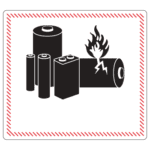 Lithium Battery Mark Lithium Battery Mark |
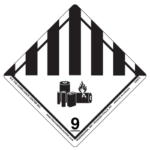 Hazard Class 9 Hazard Class 9Lithium Battery Label |
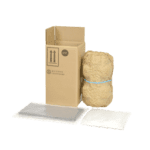 4GV Securepacc 4GV SecurepaccComplete Shipping Kit |


